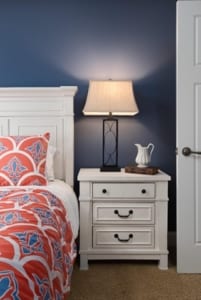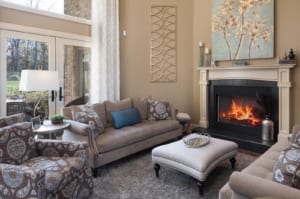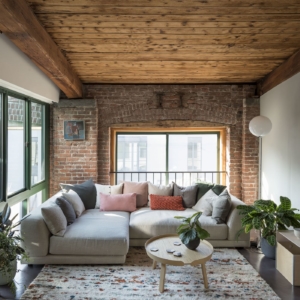Cancer Journey: Shaving Your Head
We know that Cancer is just as an emotional process as a physical process. Not only are patients losing their functionality as healthy humans, but they are losing parts of themselves that represent their identity. When someone is diagnosed with Cancer and decides to go through treatments, that individual knows they will lose their hair. It’s never part of the process people are prepared to go through. Patients wonder if or when they should shave their heads as treatment begins. They often think they will allow their hair to naturally thin and fall out to avoid the emotional crisis they might feel.
Most doctors and hair prosthesis specialists recommend patients undergoing chemotherapy and radiation shave their heads before too much hair loss occurs. Most patients experience hair loss and thinning within two to three treatments, depending on factors like age and medication strength. Oncologists recommend patients shave their heads for a variety of reasons. Physically, they recommend patients shave their heads to avoid the added pain as the hair falls out and to avoid potential matting of the hair.
Shaving your head can be more therapeutic than allowing Cancer and the treatments to take your hair slowly. Doing this will enable you to decide and be active in your changing body and emotions. Many patients throw shaving head parties, post on social media, and create healing spaces. Most doctors recommend buzzing your head with a 1.5 blade to avoid ingrown hairs when shaving your head. Give us a call when you’re ready to shave your head and see about a wig. We’ll be here for you.



